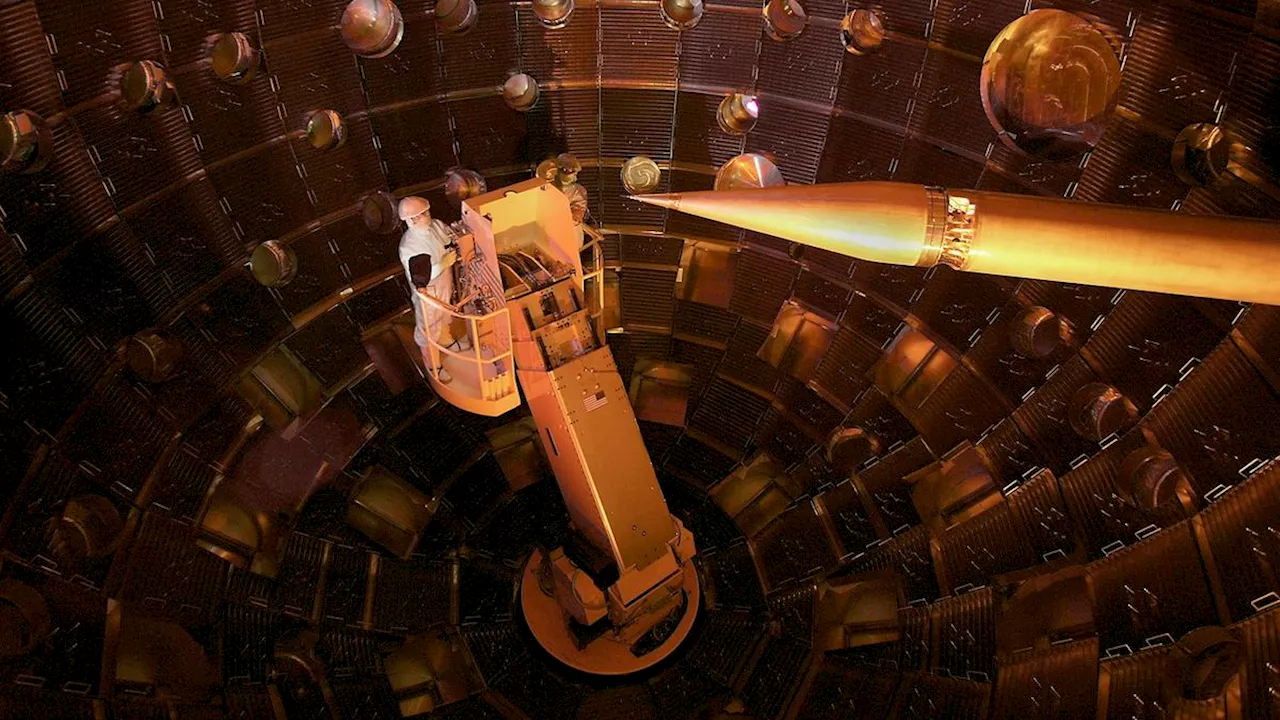Fusion power has the potential to revolutionize energy production, but numerous engineering challenges must be overcome before it becomes a reality. This article explores the obstacles facing both inertial and magnetic confinement fusion, highlighting the need for continued investment and international collaboration.
The ultimate action-packed science and technology magazine bursting with exciting information about the universe.Engaging articles, amazing illustrations & exclusive interviews\Inside the target chamber at the National Ignition Facility, where researchers work on getting higher energy outputs from fusion power. (Image credit: Lawrence Livermore National Laboratory, Lawrence Livermore National Security, LLC, and the Department of Energy: National Ignition Facility, Public Domain.
)\But a whole host of engineering challenges must be addressed before fusion can be scaled up to become a safe, affordable source of power. For decades, we've seen much of the science and physics of fusion reach maturity in the past 10 years. But to make fusion a feasible source of commercial power, engineers now have to tackle a host of practical challenges. Whether the United States steps up to this opportunity and emerges as the global leader in fusion energy will depend, in part, on how much the nation is willing to invest in solving these practical problems. \Fusion occurs when two types of hydrogen atoms, deuterium and tritium, collide in extreme conditions. The two atoms literally fuse into one atom by heating up to (100 million degrees Celsius), 10 times hotter than the core of the sun. To make these reactions happen, fusion energy infrastructure will need to endure these extreme conditions.\Both approaches to fusion share a range of challenges that won't be cheap to overcome. For example, researchers need to develop new materials that can decay within a few years to levels of radioactivity that can be disposed of safely and more easily. Producing enough fuel, and doing it sustainably, is also an important challenge. Deuterium is abundant and can be extracted from ordinary water. But tritium, which is usually produced from lithium, will prove far more difficult. A single fusion reactor will need hundreds of grams to one kilogram (2.2 lbs.) of tritium a day to operate. Right now, conventional nuclear reactors produce tritium as a byproduct of fission, but these cannot provide enough to sustain a fleet of fusion reactors. So, engineers will need to develop the ability to produce tritium within the fusion device itself. This might entail surrounding the fusion reactor with lithium-containing material, which could then be bombarded with neutrons from the fusion reactions, producing tritium. \To scale up inertial fusion, engineers will need to develop lasers capable of repeatedly hitting a fusion fuel target, made of frozen deuterium and tritium, several times per second or so. But no laser is powerful enough to do this at that rate — yet. Engineers will also need to develop control systems and algorithms that direct these lasers with extreme precision on the target. A laser setup that Farhat Beg's research group plans to use to repeatedly hit a fusion fuel target. The goal of the experiments is to better control the target's placement and tracking. The lighting is red from colored gels used to take the picture. \Additionally, engineers will need to scale up production of targets by orders of magnitude: from a few hundreds handmade every year with a price tag of tens of thousands of dollars each to millions per year. \For magnetic containment, engineers and materials scientists will need to develop more effective methods to heat and control the plasma and more heat- and radiation-resistant materials for reactor walls. The technology used to heat and confine the plasma until the atoms fuse needs to operate reliably for years. \Investments from private companies globally have increased — these will likely continue to be an important factor driving fusion research forward. Private companies have attracted over US$7 billion in private investment with the aim of adding fusion to the power grid in coming decades. Most are based in the United States, with some in Europe and Asia. While private sector investments have grown, the U.S. government continues to play a key role in the development of fusion technology up to this point. We expect it to continue to do so in the future. It was the U.S. Department of Energy that invested about US$3 billion to build the National Ignition Facility at the Lawrence Livermore National Laboratory. While this funding is important, it likely will not be enough to solve the most important challenges that remain for the United States to emerge as a global leader in practical fusion energy. \One way to build partnerships between the government and private companies in this space could be to create relationships similar to that of the Onera/CEA relationship in Europe. This would allow for the sharing of resources and expertise, which would accelerate the development of practical fusion energy. \Along with many other researchers, we are cautiously optimistic. New experimental and theoretical results, new tools and private sector investment are all adding to our growing sense that developing practical fusion energy is no longer an if but a when.
FUSION ENERGY ENGINEERING CHALLENGES ITER PRIVATE INVESTMENT US GOVERNMENT
United States Latest News, United States Headlines
Similar News:You can also read news stories similar to this one that we have collected from other news sources.
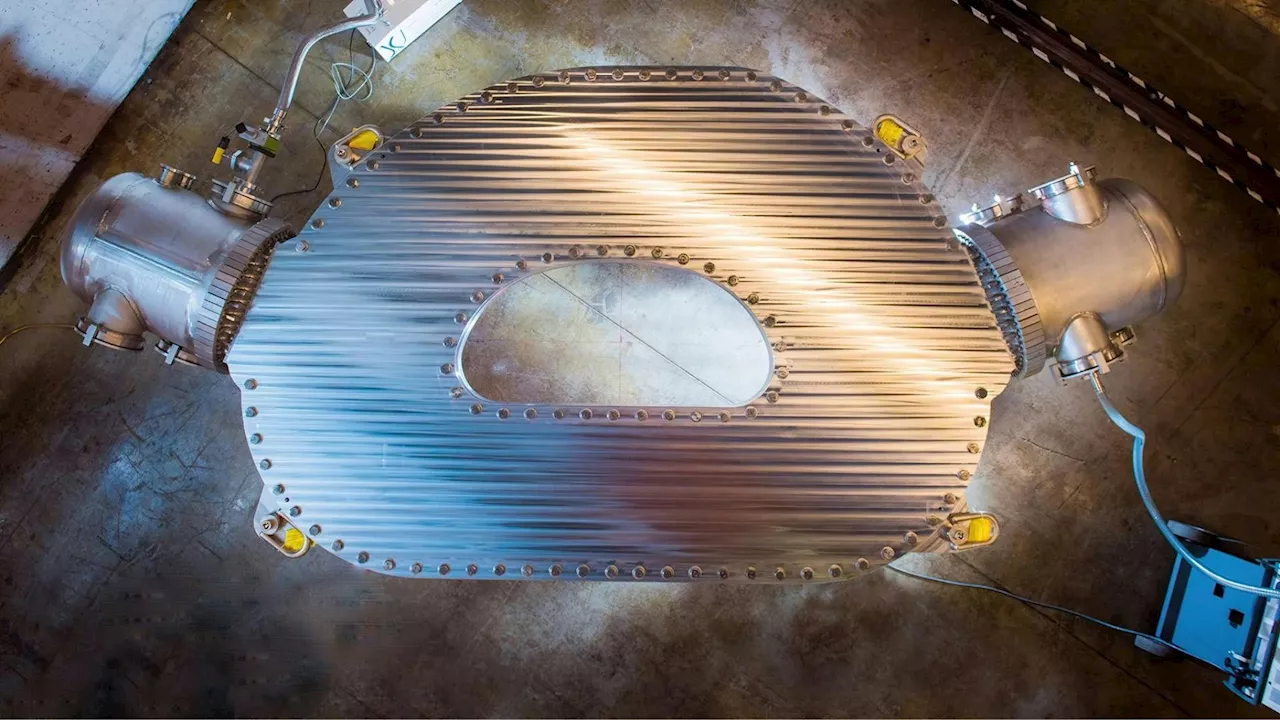 Fusion Startup to Build World's First Commercial Fusion Power PlantCommonwealth Fusion Systems (CFS) announced plans to build ARC, the world's first grid-scale commercial fusion power plant, in Virginia. The plant, expected to be operational in the early 2030s, will generate around 400 megawatts of electricity, powering approximately 150,000 homes. CFS is currently completing its SPARC fusion demonstration machine, which is projected to achieve its first plasma in 2026.
Fusion Startup to Build World's First Commercial Fusion Power PlantCommonwealth Fusion Systems (CFS) announced plans to build ARC, the world's first grid-scale commercial fusion power plant, in Virginia. The plant, expected to be operational in the early 2030s, will generate around 400 megawatts of electricity, powering approximately 150,000 homes. CFS is currently completing its SPARC fusion demonstration machine, which is projected to achieve its first plasma in 2026.
Read more »
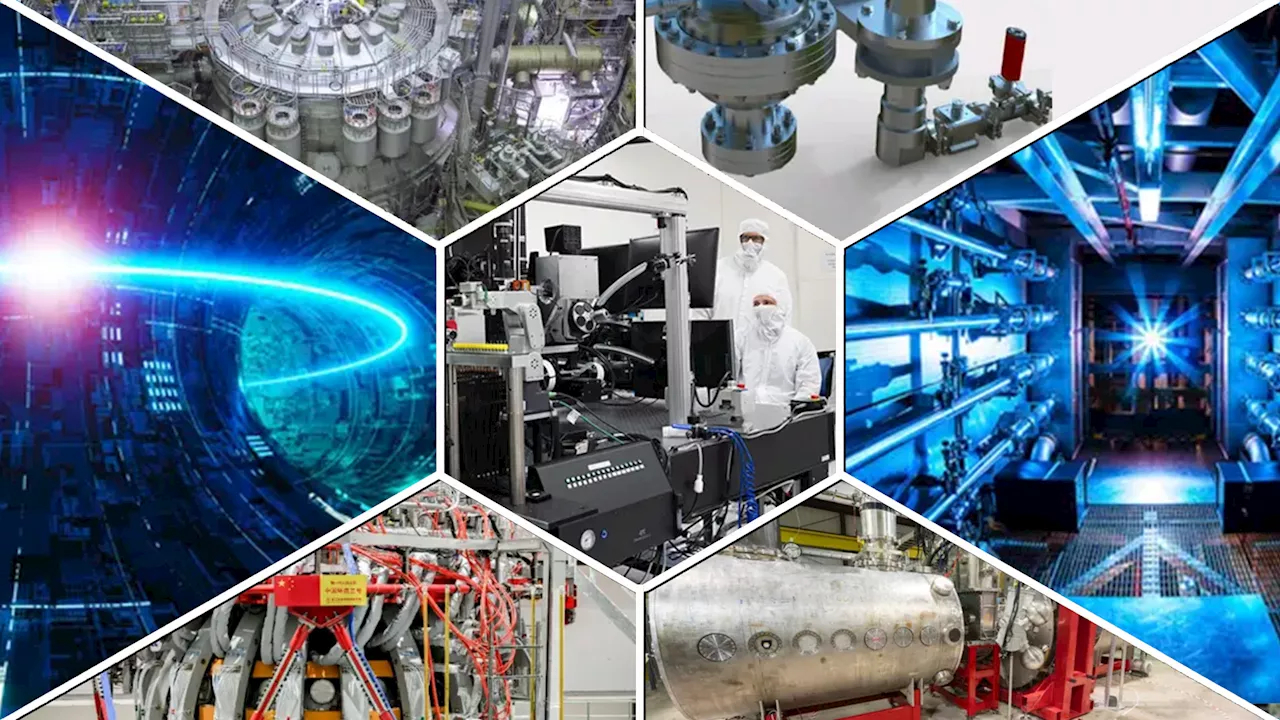 Top 7 must-read nuclear fusion stories of 2024 — Interesting EngineeringMayonnaise and fusion? AI-powered reactors? Discover the 7 most groundbreaking nuclear fusion stories of 2024.
Top 7 must-read nuclear fusion stories of 2024 — Interesting EngineeringMayonnaise and fusion? AI-powered reactors? Discover the 7 most groundbreaking nuclear fusion stories of 2024.
Read more »
 Porsche Delays Key EV Launches Amid Engineering And Market ChallengesPorsche is reportedly having trouble making the electric mid-engine models as dynamic as the ICE models
Porsche Delays Key EV Launches Amid Engineering And Market ChallengesPorsche is reportedly having trouble making the electric mid-engine models as dynamic as the ICE models
Read more »
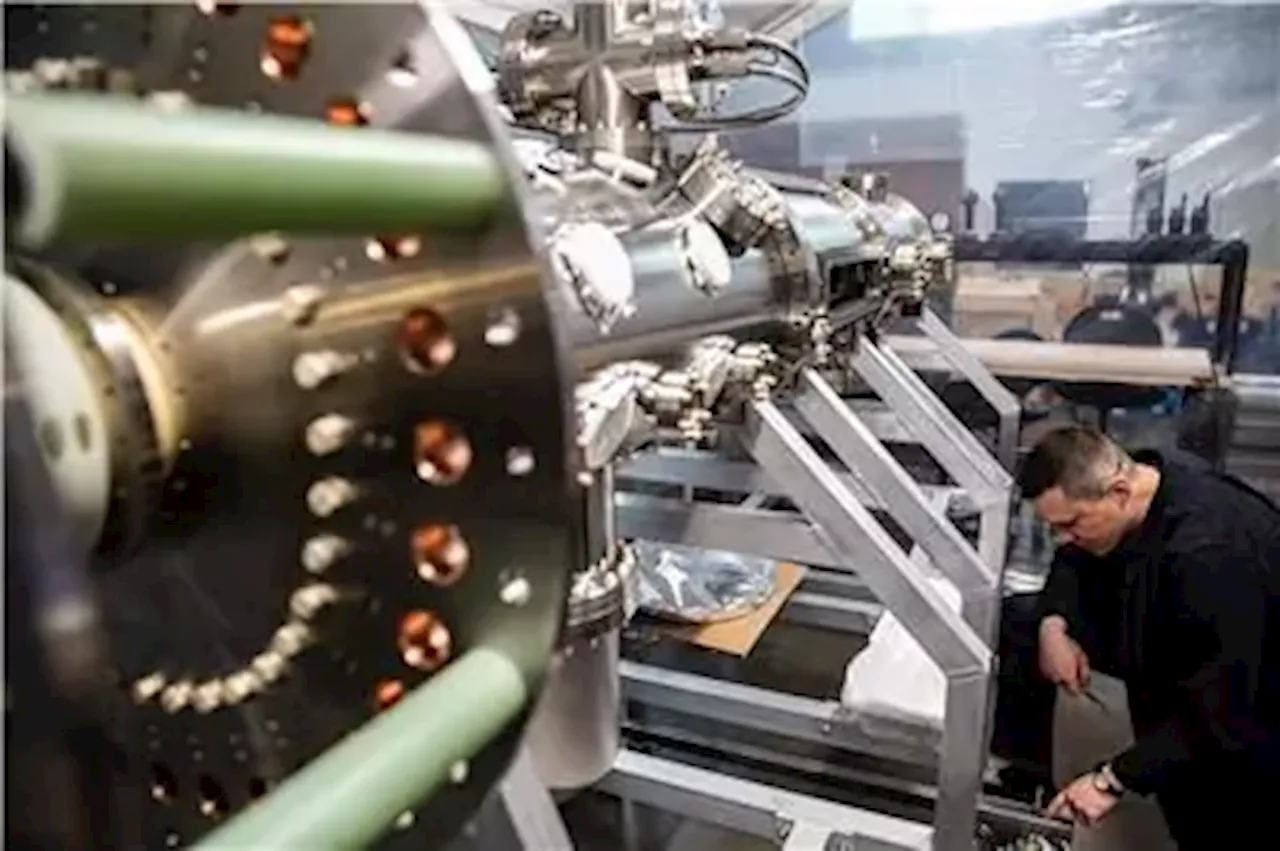 Commonwealth Fusion Systems to Build World's First Commercial Fusion Plant in VirginiaThe world's first grid-scale commercial fusion plant will be built in Virginia by Commonwealth Fusion Systems, marking a significant milestone in the development of clean energy.
Commonwealth Fusion Systems to Build World's First Commercial Fusion Plant in VirginiaThe world's first grid-scale commercial fusion plant will be built in Virginia by Commonwealth Fusion Systems, marking a significant milestone in the development of clean energy.
Read more »
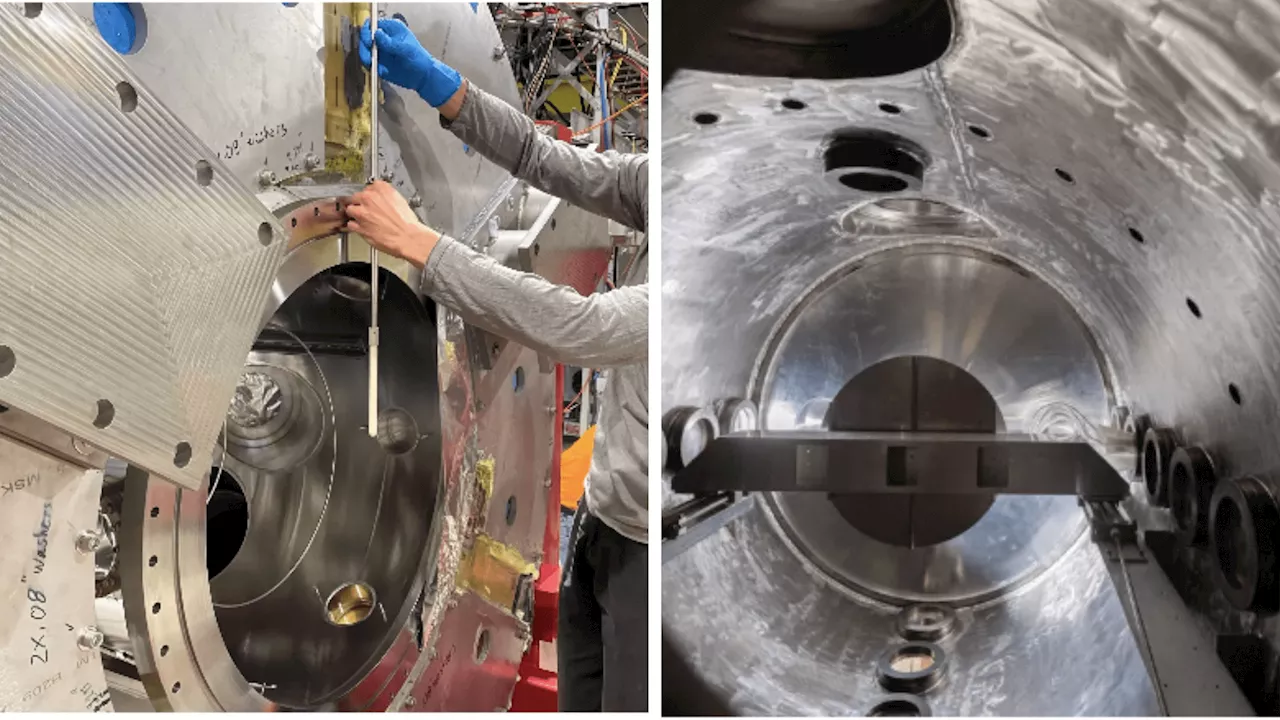 US firm developing breakthrough fusion energy generators gets funding boostRealta Fusion, which is developing modular, compact, magnetic mirror fusion energy generators, received funding from TitletownTech.
US firm developing breakthrough fusion energy generators gets funding boostRealta Fusion, which is developing modular, compact, magnetic mirror fusion energy generators, received funding from TitletownTech.
Read more »
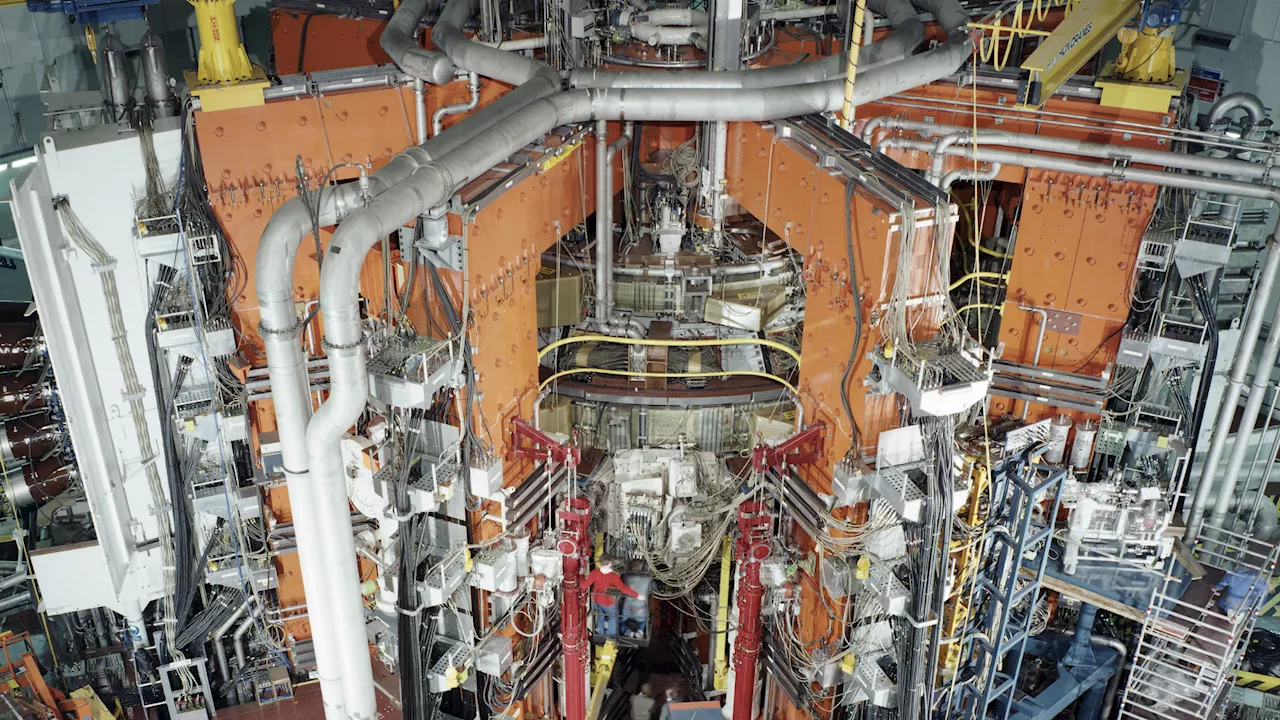 Stockholm Firm Partners with UK Company to Advance Fusion Power TechnologyNovatron Fusion Group and Oxford Sigma collaborate to accelerate the development of commercial fusion power stations. The partnership will leverage Oxford Sigma's expertise in fusion materials and reactor design, while Novatron Fusion Group contributes its proprietary confinement solution.
Stockholm Firm Partners with UK Company to Advance Fusion Power TechnologyNovatron Fusion Group and Oxford Sigma collaborate to accelerate the development of commercial fusion power stations. The partnership will leverage Oxford Sigma's expertise in fusion materials and reactor design, while Novatron Fusion Group contributes its proprietary confinement solution.
Read more »
